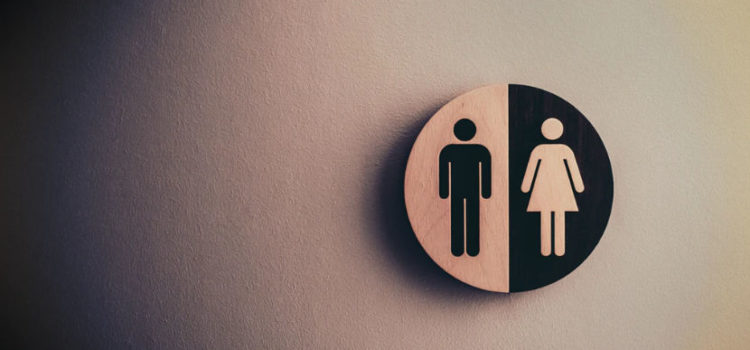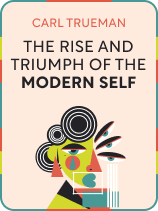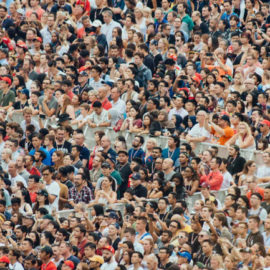

This article is an excerpt from the Shortform book guide to "The Rise and Triumph of the Modern Self" by Carl Trueman. Shortform has the world's best summaries and analyses of books you should be reading.
Like this article? Sign up for a free trial here.
When and how did the idea of cultural gender, distinct from biological sex, come about? How does it rely on the modern sense of the self?
Just a few short decades ago, the traditional biblical understanding of gender was mainstream throughout Western societies. Most people espoused the view that gender was inseparable from biologically determined sex. Carl Trueman discusses how mainstream thought is changing.
Keep reading to learn about the origin of the debate about cultural gender vs. biological sex.
Cultural Gender vs. Biological Sex
In The Rise and Triumph of the Modern Self, Carl Trueman argues that cultural developments of the past three centuries have transformed our conception of selfhood—from a self rooted in religion, tradition, and community to one rooted in individualism, emotion, and sexuality. A professor of biblical studies and ecclesiastical history, Trueman asserts that this change has been disastrous for Western culture because it undermines traditional Christian understandings of marriage, gender, and authority while stigmatizing Christian beliefs as bigoted and irrational. He discusses the question of cultural gender vs. biological sex in the context of the revolution of the concept of the self.
Trueman defines modern selfhood and explains how it differs from traditional Christian understandings of selfhood. One way is that the modern self is free to demand recognition from others. It’s not enough just to express one’s feelings and desires. A modern self can demand that others recognize, affirm, and validate the identity, especially the sexual and gender identity, that they’ve chosen for themselves.
So, how did we get to where we are today? Trueman explains that, through the influence of Sigmund Freud, sexuality came to form the center of human identity. Then, he explains how this sexualized identity was taken up in radical leftist politics.
Trueman states the sexual nature of selfhood continued to change as feminists began to separate biological sex from cultural gender. He explains that the traditional Christian understanding of gender holds that it’s determined by biology rather than culture: Someone is born with male or female anatomical parts, and that determines whether they’re male or female.
However, during the 20th century, feminist philosophers began to suggest that, while sex may be determined by biology, gender was a social construct and, therefore, created by culture. In particular, the feminist Simone de Beauvoir asserts that “woman” is a cultural category that’s imposed on people. She argues that women are expected to assimilate into the role of woman. This role, she explained, was not determined by the natural order of the world but through socially constructed norms and expectations.
The modern self is at odds with culture and society that restrict its authenticity, Trueman contends. By relocating “womanhood” from the “self” to “culture,” Beauvoir places traditional understandings of gender at odds with the interior, authentic self, which is then free to reject the social construct of “womanhood.”
| Simone de Beauvoir and Hegelian Dialectics In arguing that “woman” exists as a cultural category separate from biology, Simone de Beauvoir drew influence from the German philosopher Georg Wilhelm Friedrich Hegel and his ideas about the “other.” Hegel posited a theory called the “Master/Servant Dialectic.” This theory sought to explain the power dynamics of intersubjectivity by highlighting two distinct roles: master and servant. The master demands recognition from the servant but doesn’t offer recognition in return. This reduces the servant to an “other,” someone who doesn’t have the power to define themselves but must accept the definitions placed on them by the master. Beauvoir saw a similarity between these roles and the relationship between men and women. She argued that historically women had been “other” to men—that is, placed in a role that men defined for them. This role, she explained, was separable from the experience of being a human with female anatomy, and therefore “woman” can be a cultural category as well as a biological one. |

———End of Preview———
Like what you just read? Read the rest of the world's best book summary and analysis of Carl Trueman's "The Rise and Triumph of the Modern Self" at Shortform.
Here's what you'll find in our full The Rise and Triumph of the Modern Self summary:
- How the modern conception of selfhood has changed over the centuries
- How Christian views have become stigmatized, damaging Western culture
- What modern Christians can do to preserve traditional values






